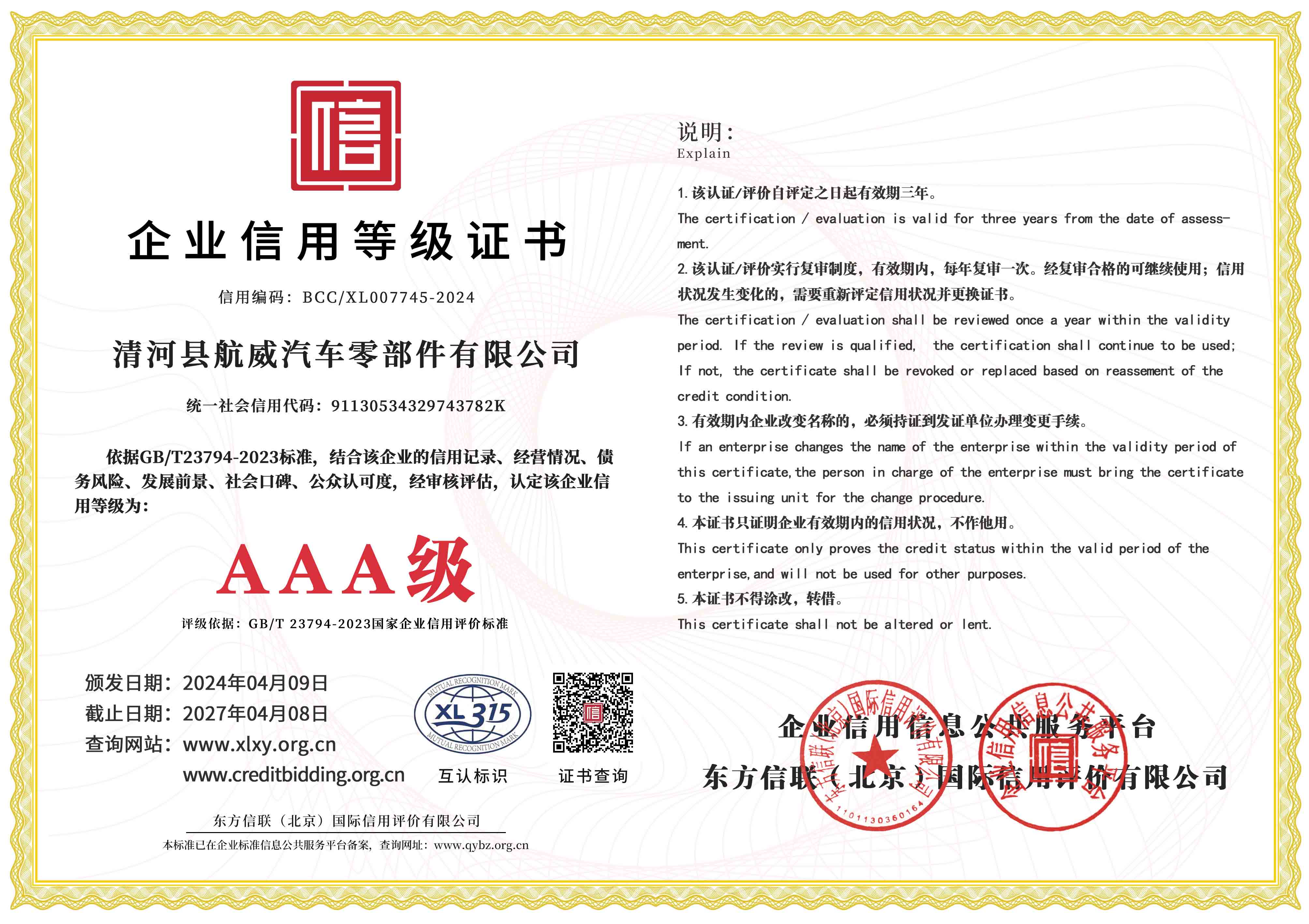clutch line to slave cylinder
Understanding the Clutch Line and Slave Cylinder in Vehicle Mechanics
The clutch system is a fundamental component of any manual transmission vehicle, and its efficiency directly impacts the performance and handling of the vehicle. Among the various components within this system, the clutch line and the slave cylinder play crucial roles. Understanding their functions and interplay can help vehicle owners maintain their cars better and address potential issues before they escalate.
The Clutch System Overview
In a manual transmission vehicle, the clutch facilitates the engagement and disengagement of the engine power to the transmission. When the driver presses the clutch pedal, the clutch releases the engine power from the transmission, allowing for smooth gear changes. The clutch system is primarily composed of several critical components, including the clutch pedal, master cylinder, hydraulic line (also known as clutch line), and slave cylinder.
The Role of the Clutch Line
The clutch line connects the master cylinder to the slave cylinder. It is a crucial element of the hydraulic system that enables the transmission of force from the pedal to the slave cylinder, which subsequently engages or disengages the clutch. The clutch line is typically made of high-pressure rubber or steel braided material to withstand the hydraulic pressure generated by the master cylinder.
When the driver presses the clutch pedal, fluid from the master cylinder is pushed through the clutch line to the slave cylinder. This hydraulic action creates the necessary force to disengage the clutch, allowing the driver to change gears without grinding or damaging the transmission. The integrity of the clutch line is essential; any leaks or damage can lead to a loss of hydraulic pressure, rendering the clutch inoperable.
The Function of the Slave Cylinder
The slave cylinder resides near the transmission and is responsible for translating the hydraulic pressure from the clutch line into mechanical force. Essentially, it receives the hydraulic fluid from the clutch line and, through a piston and spring mechanism, engages or disengages the clutch as needed.
clutch line to slave cylinder

When the clutch line transmits hydraulic fluid to the slave cylinder, the piston inside the cylinder moves, pushing against the release fork, which, in turn, disengages the clutch from the flywheel. This process allows for smooth gear changes without causing unnecessary wear to the transmission or engine components.
Common Issues and Troubleshooting
Both the clutch line and the slave cylinder can encounter issues over time. For example, if the clutch line develops a leak, it can lead to a significant drop in hydraulic pressure, causing the clutch to fail. Signs of this issue may include difficulty in shifting gears, a spongy clutch pedal, or a pedal that goes to the floor without resistance.
In the case of the slave cylinder, common symptoms of failure include hydraulic fluid leaks around the cylinder or an inability to fully disengage the clutch. Drivers might also notice a grinding noise when shifting gears, indicating that the clutch is not properly disengaging.
Maintenance and Care
Regular maintenance of the clutch system can prolong its lifespan and ensure proper operation. It is recommended to check the clutch fluid levels regularly and to inspect the clutch line for any signs of wear or damage. If any leaks are detected, it is crucial to replace the affected components immediately. Additionally, bleeding the clutch hydraulic system can help remove air bubbles, ensuring optimal performance.
Conclusion
In summary, the clutch line and slave cylinder are integral to the functionality of a vehicle’s manual transmission system. Understanding their roles can help drivers diagnose problems more effectively and maintain the health of their vehicle. By keeping these components in good condition, drivers can ensure a smoother driving experience and enhance the overall longevity of their vehicle's transmission system. Regular inspection and timely repairs can save both time and money, making vehicle maintenance a vital part of responsible car ownership.
-
Workings of Clutch Pipe and Hose SystemsNewsJun.04,2025
-
The Inner Workings of Hand Brake Cable SystemsNewsJun.04,2025
-
The Secrets of Throttle and Accelerator CablesNewsJun.04,2025
-
The Hidden Lifeline of Your Transmission Gear Shift CablesNewsJun.04,2025
-
Demystifying Gear Cables and Shift LinkagesNewsJun.04,2025
-
Decoding Clutch Line Systems A Comprehensive GuideNewsJun.04,2025
